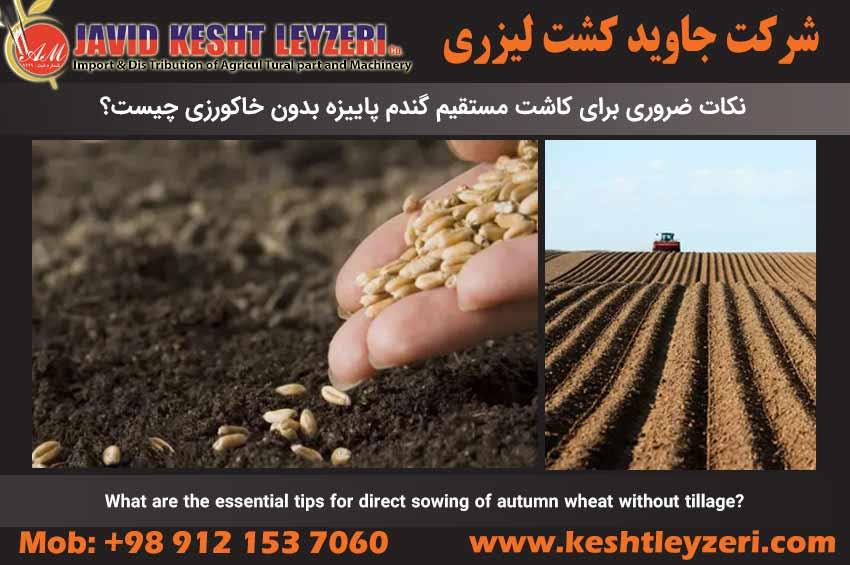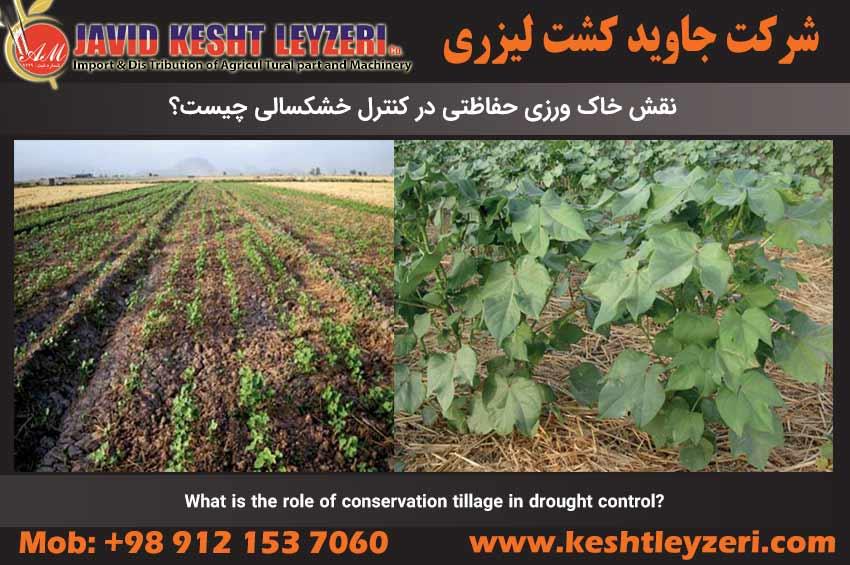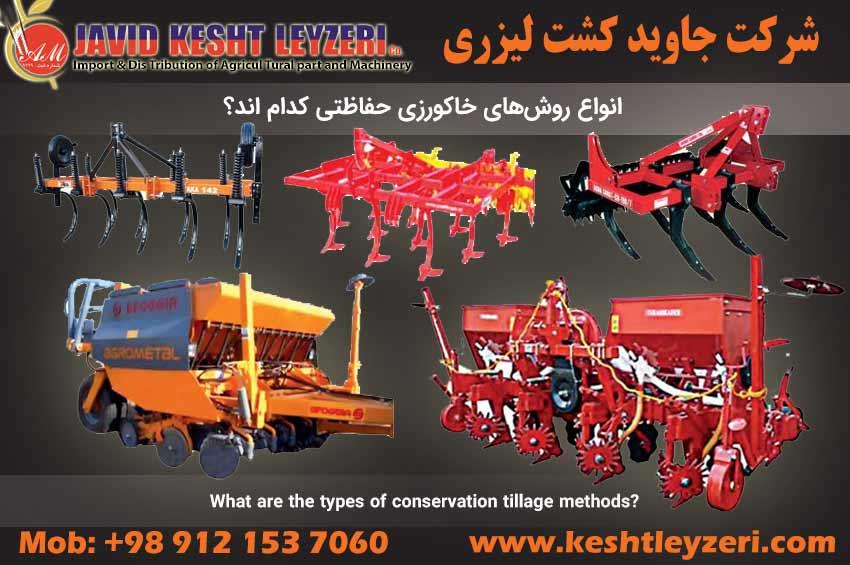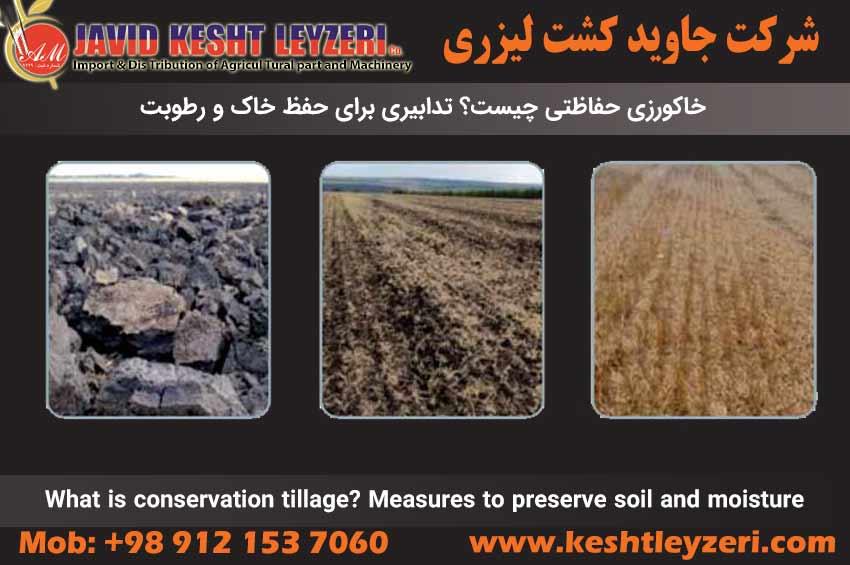- 09 Dec 2023
- 1522
What are the essential tips for direct sowing of autumn wheat without tillage?
The above article delves into essential considerations for direct seeding of autumn wheat without soil tillage. It covers various aspects, including choosing the right time for planting, ensuring field conditions are suitable, managing crop residues from the previous harvest, utilizing herbicides for weed control, adjusting seed and fertilizer quantities, and emphasizing the significance of irrigation at appropriate times. Additionally, the article highlights the importance of educating farmers to enhance their technical and practical knowledge in direct wheat seeding, aiming to improve productivity and reduce production costs.
- 08 Dec 2023
- 1032
What is the role of conservation tillage in drought control?
In drought conditions, performing conservation tillage as one of the main solutions for managing natural resources and agriculture in Iran can help improve the physical properties and maintain soil fertility and reduce the negative effects of drought.
- 06 Dec 2023
- 1693
What are the types of conservation tillage methods?
Keeping plant residues on the surface is a distinctive feature of conservation tillage methods, which distinguishes this method from conventional methods. All conservation tillage systems maintain at least 30% of the field surface with plant residue cover.
- 05 Dec 2023
- 1035
What is conservation tillage? Measures to preserve soil and moisture
Considering the low rainfall conditions in our country and the importance of maintaining soil moisture, conservation tillage is very important, especially during periods of drought. It is necessary to choose tillage methods that preserve the maximum amount of plant residues on the soil surface in order to preserve soil moisture and protect our country's environment from the unfavorable effects of climatic conditions.




